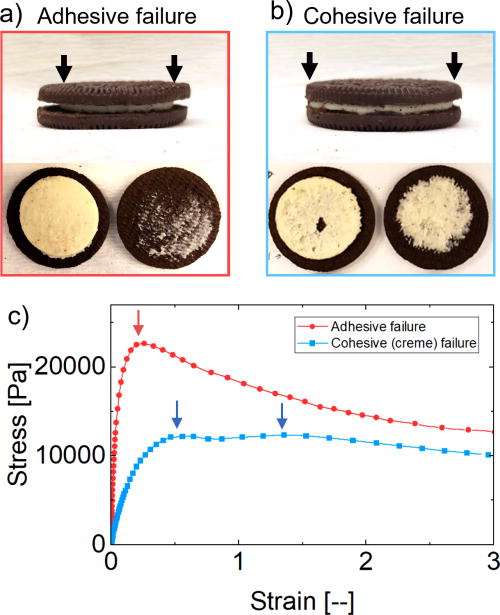Oreo cookies, beloved for their delicious combination of creamy filling and wafer layers, have become the subject of a scientific study exploring the mechanical mysteries behind their unique properties. Researchers at MIT have delved into the science of Oreo cookies, investigating the distribution of their creamy center, the torque required to twist them open, and the fascinating behavior of the cream under stress.
Torque Measurements and Cream Texture
The researchers measured the torque needed to twist open an Oreo, revealing similarities to turning a doorknob and only a fraction of the force required to open a bottle cap. The cream’s failure stress, the force per area needed to deform it, was found to be twice that of cream cheese and peanut butter, resembling the stress magnitude of mozzarella cheese. The cream’s texture was classified as “mushy.” Adding milk into the equation revealed another layer of scientific wonder. Dunking Oreos in milk resulted in a decline in the elastic modulus of the wafer due to swelling.
Cream Distribution Mystery
Despite variations in filling levels and flavors, the study found that the cream tends to separate onto one wafer rather than evenly between both. The researchers mapped this distribution and observed a tendency for the cream to stick to the inward-facing wafer, suggesting a post-manufacturing environmental effect.

Manufacturing Process Influence
Videos of the manufacturing process revealed that a slight time delay in placing the cream between wafers may contribute to better adhesion to the first wafer, influencing the subsequent distribution during twisting.

The Oreometer
To make the study accessible and interactive, the researchers even designed a 3D-printable device called the “Oreometer,” allowing precise control over the twisting force applied to an Oreo. This device can be used for tabletop experiments and provides an opportunity for hands-on exploration of Oreo mechanics.

Confectionary Insights
The study not only provides a scientific investigation into the mechanics of Oreos but also opens possibilities for further exploration into the design of food materials. The researchers suggest that adding texture to Oreo wafers might enhance cream adhesion, leading to a more even split when twisted open.
In conclusion, Oreos offer more than just a delightful treat—they serve as a fascinating canvas for exploring the intricate science behind food materials and rheology.
References
Massachusetts Institute of Technology. (2022, April 19). Engineers introduce the Oreometer. ScienceDaily. https://www.sciencedaily.com/releases/2022/04/220419124037.htm
Owens, C. E., Fan, M. R., Hart, A. J., & McKinley, G. H. (2022). On Oreology, the fracture and flow of “milk’s favorite Cookie®.” Physics of Fluids, 34(4). https://doi.org/10.1063/5.0085362


